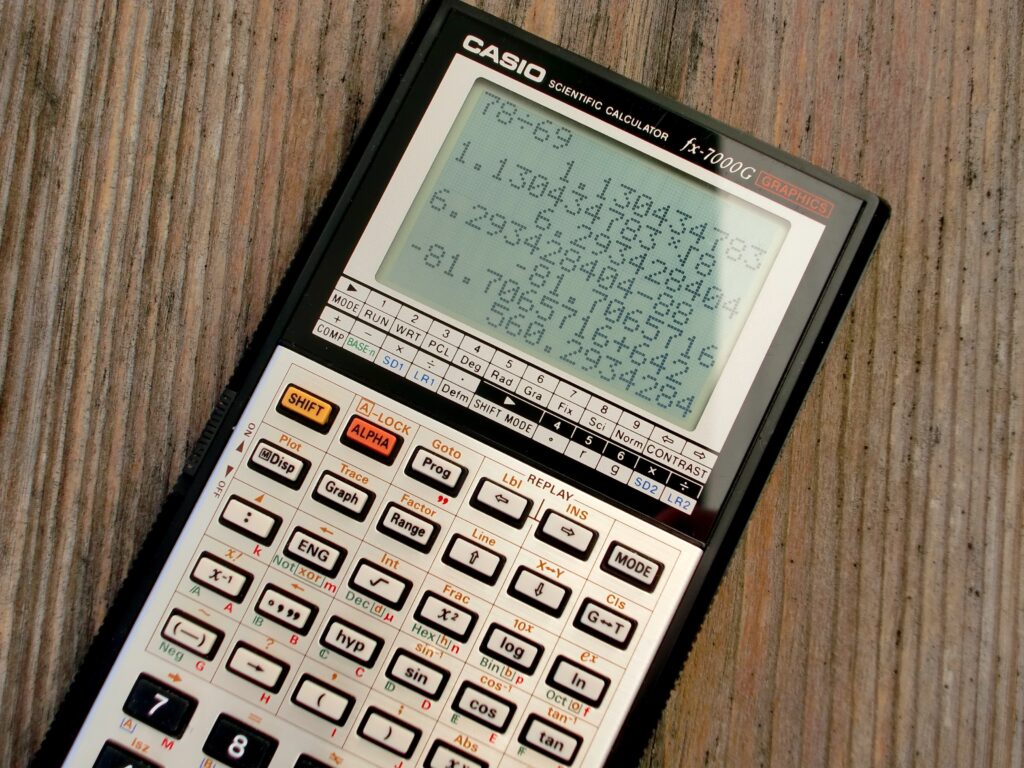Thomas Edison dedicated his entire life to inventing new products. He realized very early on in his journey that the inventions that would change the world were the ones that were the most useful, the ones that filled a need in society, the ones that helped humanity prosper. To make sure his inventions could live up to that hefty obligation, Edison had a few processes that he could do over and over again until he knew he had a product that he could proudly patent.
1. Asking a lot of questions

Edison was always questioning the world around him, staying up most nights investigating his inventions with his associates and a plate of pie to share. Edison knew that asking questions can bring light to the best and worst parts of your invention. Why am I doing this? Why is this problem the best one to solve? Are there any similar solutions to this problem out there? Who am I marketing this product to? Is there anything I can add to my invention that will make it more unique? Is there anything that I can omit from my invention to make it more straightforward?
2. Exploring solutions that are outside of your comfort zone

Many inventors create products that solve a problem in their own life, or a problem they have witnessed first-hand. While this is an important factor in finding realistic problems to solve, it is arguably as important to look at the problem from several other perspectives. Remember that Edison’s phonograph was invented by a privileged man, who was inventing so that ordinary people could enjoy the pleasures in their homes that the rich already did in theaters across the world. He also abandoned refining this idea and only to come back to it when other technology created a wider need for it.
3. Documenting work in a notebook

Edison carried around a notebook all day long to document the work, successes and failures of the multiple inventions he was working on at the lab. His recordings are so extensive, in fact, that they create one of the largest historical collections of papers in the world. Not only is an invention notebook critical in determining ownership of intellectual property, but it will also help your thought process and to read them back later.
4. Not getting discouraged when it doesn’t work the first time

Edison has many famous quotes about failure in inventing. His most famous quotes are “I have not failed. I’ve just found 10,000 ways that won’t work.” and “Just because something doesn’t do what you planned it to do doesn’t mean it’s useless.” Failure is actually an integral part of creating a good, working invention. Invention is about moving forward in steps; and sometimes taking step or two back to reconsider a design, to see what works and what doesn’t.
5. Including math in the invention process

Even Edison was not a fan of math, leaving much of the number processing to the Einsteins of the world. Many scientists and creatives feel the exact same way, but when inventing a product math can be a powerful tool. Math helps us better understand the impacts of what we are trying to accomplish, perhaps aiding in the understanding of the amount of materials needed, the cost of resources, the time required to accomplish our tasks or maybe the manpower needed to make it all work.
6. Collaborating well with others

Communication is the heartbeat of any invention. It is the difference between success and failure. Incorporating different perspectives and strong suits in the invention process is integral to a successful product. Edison knew that – It’s why his inventions were made in conjunctions with teams of experts bouncing ideas off of one another. You can’t change the world alone!


